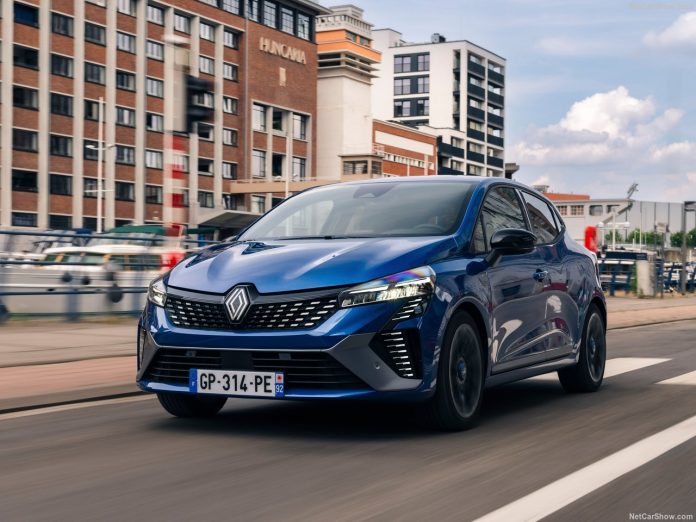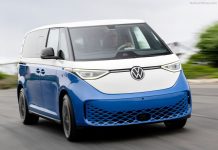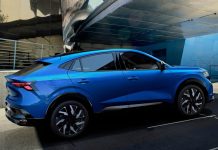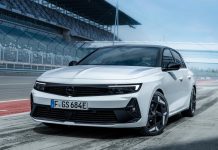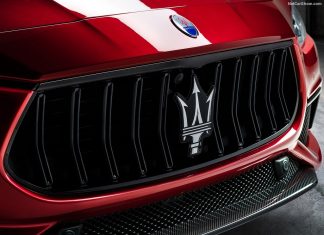Slovenian Car Market in 2024 grew 8.7%, totaling 52,044 units. Renault was the standout performer, up 42.3% and closing in on leader Volkswagen. Kia dropped 3 spots out of Top 5.
Market Trend and Outlook
Slovenia’s GDP growth is projected to accelerate from 1.4% in 2024 to 2.5% in 2025 and 2.6% in 2026, driven by strong private consumption, rising real wages, and increased investment supported by EU funds. Inflation is expected to rise to 3.2% in 2025 due to higher electricity costs and wage growth but should ease back to 2.1% in 2026.
The labor market remains tight, with stable unemployment around 3.6% and continued wage growth, particularly in the public sector. Fiscal consolidation is set to continue, with the deficit narrowing to 2.1% of GDP by 2025, while the debt-to-GDP ratio is projected to gradually decline to 63.1% by 2026.
Slovenia’s EV Market dropped 23.8% in 2024, reaching 6.18% of total share. The country still trails other european countries in EV adoption.
Tesla led EV rankings despite losing 38.8%, followed by MG in 2nd which is rising quickly and threatening its dominance.
Overall, the Slovenian car market reported 8.7% growth in 2024, reaching 52,044 units, still below pre-2021 figures.
Looking at cumulative data up to December 2024 brand-wise, the leader remained Volkswagen with 7,924 sales (+9.2%), followed by Renault -up 1 spot- with 5,910 (+42.3%) and Skoda -down 1 spot- with 5,538 registrations (+5.7%).
Toyota ranked in 4th with 3,403 (+2.4%), followed by Peugeot -up 1 spot- in 5th with 2,947 units (+21.1%).
Looking at specific model the Renault Clio became the best seller rising 111.9% in sales from the prior year and climbing 3 spots, followed by previous year’s leader the Skoda Octavia, dropping one spot despite growing 3.1%.
Medium-Term Market Trend
The Slovenian auto market has had many ups and downs in recent years. Demand for passenger cars fluctuated between 48k and 60k from 2010 to 2015. The market then started to gain momentum breaking the 60k resistance in 2016, finishing the year at 63,563. The uptrend continued for a few years reaching the current all-time high of 81,473 sales in 2018. Momentum then slowed down in 2019 that closed at 81,420 sales.
The arrival of the pandemic in 2020 forced many European countries to implement the lockdown, blocking entire economies. The Slovenian car market dropped 26.8% because of this, closing the year at 59,621.
Post-pandemic demand for passenger cars began a slow recovery in 2021 (+5.5%), that came to a halt in the following year. In fact, 2022 totaled 46,111 sales, a 14.2% loss from the previous year. A combination of factors are behind the current industry struggle: the disruption in the global supply chain caused by a lack of raw materials, in particular for the production of microchips, and the Governments push towards Evs.
Tables with sales figures
In the tables below we report sales for all Brands, top 10 Manufacturers Group and top 10 Models.

